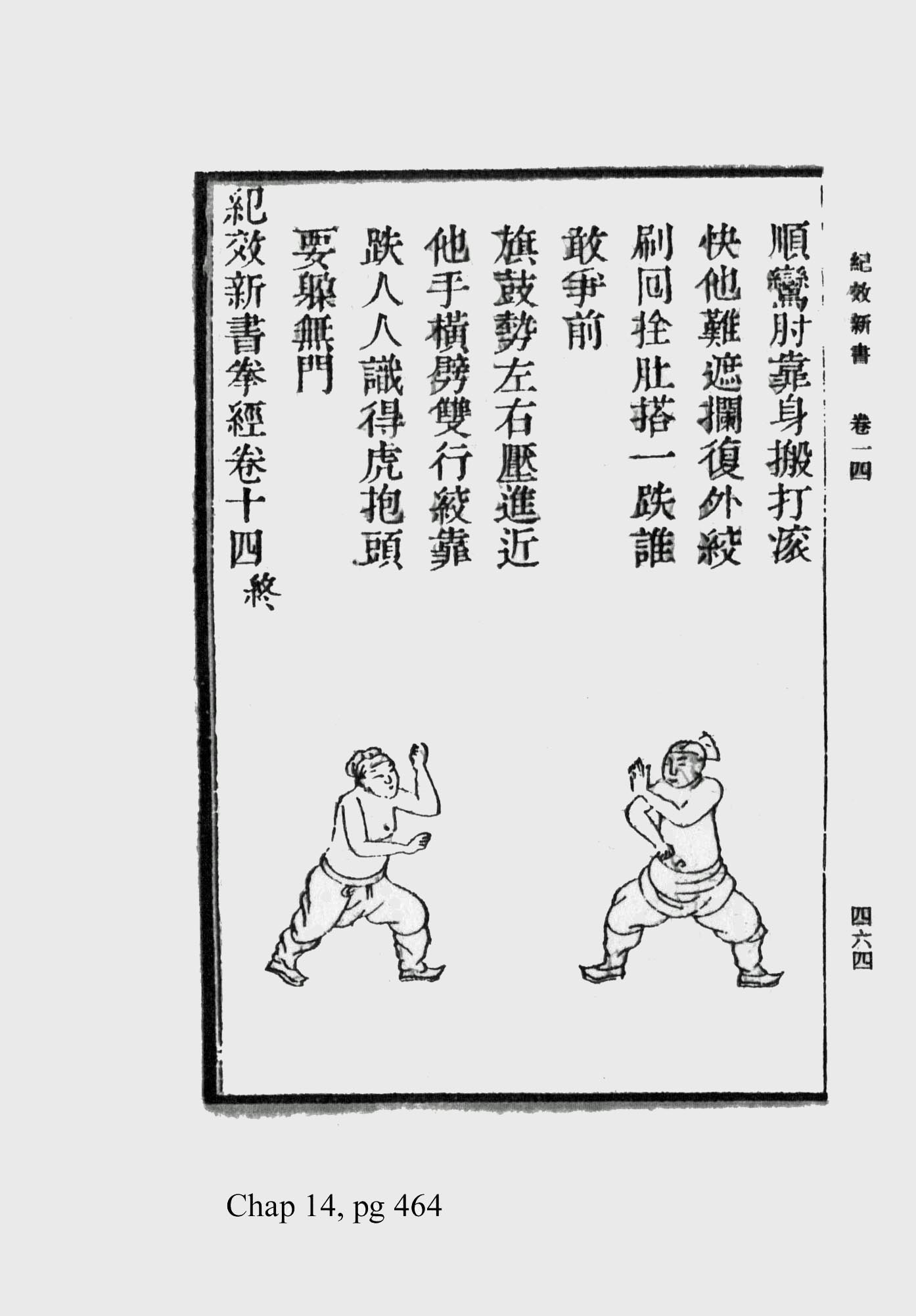|
Gladiatoria
The Gladiatoria Group is a series of several 15th-century German manuscripts that share the same art style and cover the same material—various types of armored combat. The texts are contemporary with the tradition of Johannes Liechtenauer, but not directly influenced by it. Gladiatoria is thus one of very few glimpses into the characteristics of a potentially independent German martial tradition.Hils, Hans Peter. "''Gladiatoria'': Über drei Fechthandschriften aus der ersten Hälfte des 15. Jahrhunderts." ''Codici Manuscripti'' 13. Verlag Brüder Hollinek, 1987. pp. 1-54. Print. The core of the Gladiatoria group is a series of devices of armored fencing following the typical progression of a judicial duel: beginning with spears and small shields called ''ecranches'', moving to longswords, then employing daggers on foot and on the ground. (Traditional dueling would begin on horseback before going to foot combat, and the ''ecranche'' is designed for mounted fencing, but Gladiator ... [...More Info...] [...Related Items...] OR: [Wikipedia] [Google] [Baidu] |
Fencing Manual
Martial arts manuals are instructions, with or without illustrations, specifically designed to be learnt from a book. Many books detailing specific techniques of martial arts are often erroneously called manuals but were written as treatises. Prose descriptions of martial arts techniques appear late within the history of literature, due to the inherent difficulties of describing a technique rather than just demonstrating it. The earliest extant manuscript on armed combat (as opposed to unarmed wrestling) is Royal Armouries Ms. I.33 ("I.33"), written in Franconia around 1300. Not within the scope of this article are books on military strategy such as Sun Tzu's ''The Art of War'' (before 100 BC) or Publius Flavius Vegetius Renatus' ''De Re Militari'' (4th century), or military technology, such as ''De rebus bellicis'' (4th to 5th century). Predecessors Some early testimonies of history of martial arts, historical martial arts consist of series of images only. The earliest example ... [...More Info...] [...Related Items...] OR: [Wikipedia] [Google] [Baidu] |
Johannes Liechtenauer
Johannes Liechtenauer (also ''Lichtnauer'', ''Hans Lichtenawer'') was a German fencing master who had a great level of influence on the German fencing tradition in the 14th century. Biography Liechtenauer seems to have been active during the mid-to-late 14th century. The only extant biographical note on Liechtenauer is found in GNM Hs. 3227a (dated c. 1400), which states that "Master Liechtenauer learnt and mastered he art of the swordin a thorough and rightful way, but he did not invent it or make it up himself, as it is stated before. Instead, he travelled across and visited many lands for the sake of this rightful and true art, as he wanted to study and know it." His surname indicates he was from a place called ''Liechtenau'' (modern ''Lichtenau''). There are several places with this name. Massmann (1844) mentions five candidate locations: Lichtenau im Mühlkreis in Upper Austria; Lichtenau in Franconia, Nuremberg; Lichtenau on the Rhine, Baden, near Strasbourg; Licht ... [...More Info...] [...Related Items...] OR: [Wikipedia] [Google] [Baidu] |
Arming Sword
In the European High Middle Ages, the typical sword (sometimes academically categorized as the knightly sword, arming sword, or in full, knightly arming sword) was a straight, double-edged weapon with a single-handed, cruciform (i.e., cross-shaped) hilt and a blade length of about . This type is frequently depicted in period artwork, and numerous examples have been preserved archaeologically. The high medieval sword of the Romanesque period (10th to 13th centuries) developed gradually from the Viking sword of the 9th century. In the Late Medieval period (14th and 15th centuries), late forms of these swords continued to be used, but often as a sidearm, at that point called "arming swords" and contrasting with the two-handed, heavier longswords. Though the majority of late-medieval arming swords kept their blade properties from previous centuries, there are also surviving specimens from the 15th century that took the form of a late-medieval estoc, specialised for use against more ... [...More Info...] [...Related Items...] OR: [Wikipedia] [Google] [Baidu] |
Paladin Press
Paladin Press was a book publishing firm founded in 1970 by Peder Lund and Robert K. Brown. The company published non-fiction books and videos covering a wide range of specialty topics, including personal and financial freedom, survivalism and preparedness, firearms and shooting, various martial arts and self-defense, military and police tactics, investigation techniques, spying, lockpicking, sabotage, revenge, knives and knife fighting, explosives, and other "action topics" (though the availability of books on topics like improvised explosives has been severely curtailed in recent years). Sometimes described as the "most dangerous publisher in the world", it was sued over several murders connected to one of its books, and finally ceased operating in January 2018. History The company's first iteration was when Peder Lund began operations in association with co-founder Robert K. Brown, in 1970 as "''Panther Publications''". Their first book, ''150 Questions for a Guerrilla'', w ... [...More Info...] [...Related Items...] OR: [Wikipedia] [Google] [Baidu] |
Archetype
The concept of an archetype (; ) appears in areas relating to behavior, historical psychology, and literary analysis. An archetype can be any of the following: # a statement, pattern of behavior, prototype, "first" form, or a main model that other statements, patterns of behavior, and objects copy, emulate, or "merge" into. Informal synonyms frequently used for this definition include "standard example", "basic example", and the longer-form "archetypal example"; mathematical archetypes often appear as "canonical examples". # the Platonic concept of ''pure form'', believed to embody the fundamental characteristics of a thing. # a collectively-inherited unconscious idea, a pattern of thought, image, etc., that is universally present, in individual psyches, as in Jungian psychology # a constantly-recurring symbol or motif in literature, painting, or mythology. This definition refers to the recurrence of characters or ideas sharing similar traits throughout various, seemingly unrel ... [...More Info...] [...Related Items...] OR: [Wikipedia] [Google] [Baidu] |
Codex Wallerstein
The so-called Codex Wallerstein or ''Vonn Baumanns Fechtbuch'' (Oettingen-Wallerstein Cod. I.6.4o.2, Augsburg University library) is a 16th-century convolution of three 15th-century fechtbuch manuscripts, with a total of 221 pages. The inside of the cover is inscribed ''1549. Vom baumanns 108'', suggesting that the manuscript belonged to one Michael Baumann, listed as a mercenary by profession in the tax registers of Augsburg between 1471 and 1495. The manuscript came in the possession of Paulus Hector Mair in 1556. After Mair's execution in 1579, the ms. may have passed to the library of Marcus Fugger, whose library was sold by his grandson in 1653, passing into the Oettingen-Wallerstein library. Contents Part A treats fighting with the longsword, dagger and messer. Part B is inserted in two parts, interrupting the first part, treating grappling. Parts A and B were made in c. 1470; the paper is dated to 1464/5 based on its watermark. Part A is considered a source for the fech ... [...More Info...] [...Related Items...] OR: [Wikipedia] [Google] [Baidu] |
Buckler
A buckler (French ''bouclier'' 'shield', from Old French ''bocle, boucle'' 'boss') is a small shield, up to 45 cm (up to 18 in) in diameter, gripped in the fist with a central handle behind the boss. While being used in Europe since antiquity, it became more common as a companion weapon in hand-to-hand combat during the Medieval and Renaissance periods. Its size made it poor protection against missile weapons (e.g., arrows) but useful in deflecting the blow of an opponent's weapons, binding his arms, hindering his movements, or punching him. MS I.33, considered the earliest extant armed-combat manual, (around 1300) contains an early description of a system of combat with buckler and sword. Typology According to the typology of Schmidt, there are three main types of buckler regarding their shape: *Type I: round *Type II: rectangular or trapezoid *Type III: oval or teardrop-shaped These types are combined with the cross sections: *Type a: flat *Type b: concave *Ty ... [...More Info...] [...Related Items...] OR: [Wikipedia] [Google] [Baidu] |
Dagger
A dagger is a fighting knife with a very sharp point and usually two sharp edges, typically designed or capable of being used as a thrusting or stabbing weapon.State v. Martin, 633 S.W.2d 80 (Mo. 1982): This is the dictionary or popular-use definition of a dagger, which has been used to describe everything from an ice pick to a folding knife with pointed blade as a 'dagger'. The Missouri Supreme Court used the popular definition of 'dagger' found in Webster's New Universal Dictionary ("a short weapon with a sharp point used for stabbing") to rule that an ordinary pointed knife with four-to-five inch blade constitutes a 'dagger' under the Missouri criminal code.California Penal Code 12020(a)(24):"dagger" means a ''knife or other instrument'' with or without a handguard that is ''capable of ready use as a stabbing weapon'' that may inflict great bodily injury or death. The State of California and other jurisdictions have seized upon the popular-use definition of a dagger to clas ... [...More Info...] [...Related Items...] OR: [Wikipedia] [Google] [Baidu] |
Wrestling
Wrestling is a series of combat sports involving grappling-type techniques such as clinch fighting, throws and takedowns, joint locks, pins and other grappling holds. Wrestling techniques have been incorporated into martial arts, combat sports and military systems. The sport can either be genuinely competitive or sportive entertainment (see professional wrestling). Wrestling comes in different forms such as freestyle, Greco-Roman, judo, sambo, folkstyle, catch, submission, sumo, pehlwani, shuai jiao and others. A wrestling bout is a physical competition, between two (sometimes more) competitors or sparring partners, who attempt to gain and maintain a superior position. There are a wide range of styles with varying rules, with both traditional historic and modern styles. The term ''wrestling'' is attested in late Old English, as ''wræstlunge'' (glossing ''palestram''). History Wrestling represents one of the oldest forms of combat. The origins of wrestl ... [...More Info...] [...Related Items...] OR: [Wikipedia] [Google] [Baidu] |
Manuscript
A manuscript (abbreviated MS for singular and MSS for plural) was, traditionally, any document written by hand – or, once practical typewriters became available, typewritten – as opposed to mechanically printing, printed or reproduced in some indirect or automated way. More recently, the term has come to be understood to further include ''any'' written, typed, or word-processed copy of an author's work, as distinguished from the rendition as a printed version of the same. Before the arrival of printing, all documents and books were manuscripts. Manuscripts are not defined by their contents, which may combine writing with mathematical calculations, maps, music notation, explanatory figures, or illustrations. Terminology The study of the writing in surviving manuscripts, the "hand", is termed palaeography (or paleography). The traditional abbreviations are MS for manuscript and MSS for manuscripts, while the forms MS., ms or ms. for singular, and MSS., mss or ms ... [...More Info...] [...Related Items...] OR: [Wikipedia] [Google] [Baidu] |
Longsword
A longsword (also spelled as long sword or long-sword) is a type of European sword characterized as having a cruciform hilt with a grip for primarily two-handed use (around ), a straight double-edged blade of around , and weighing approximately . The "longsword" type exists in a morphological continuum with the medieval knightly sword and the Renaissance-era Zweihänder. It was prevalent during the late medieval and Renaissance periods (approximately 1350 to 1550), with early and late use reaching into the 12th and 17th centuries. Names English The longsword has many names in the English language, which, aside from variant spellings, include terms such as "bastard sword" and "hand-and-a-half sword." Of these, "bastard sword" is the oldest, its use being contemporaneous with the weapon's heyday. The French ' and the English "bastard sword" originate in the 15th or 16th century, originally in the general sense of "irregular sword, sword of uncertain origin", but by the mid ... [...More Info...] [...Related Items...] OR: [Wikipedia] [Google] [Baidu] |





